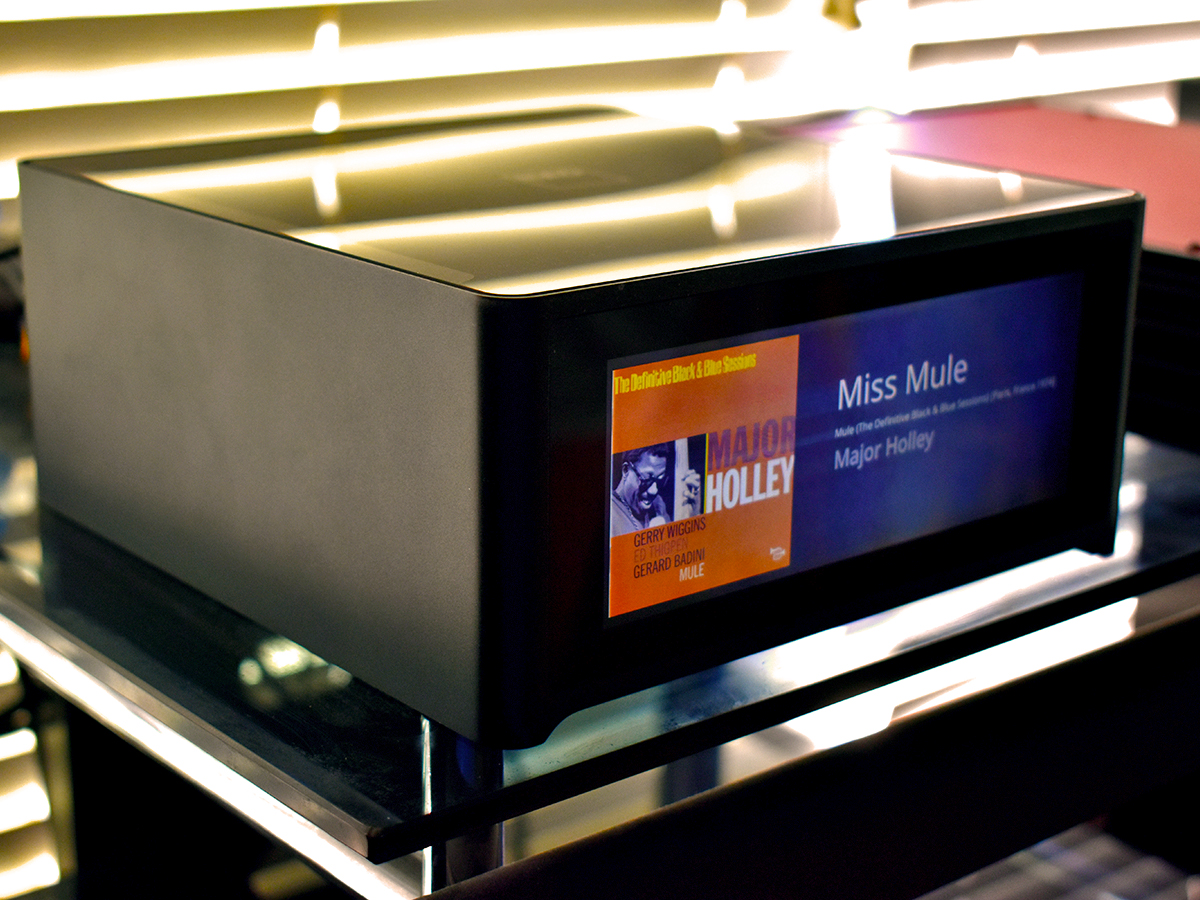The basic principle of microphone placement is that any additional measurement improves the
correction. More points = more accurate filters. However, depending on your room's acoustics and equipment, the benefit from more measurements may diminish faster. We recommend that
you complete every measurement point in your chosen arrangement.
• The measurement points should have a distance of at least 30 cm (12 in) between one
other.
• Avoid making measurements in too small a space. Even for the "Tightly focused"
listening environment, it is important to spread out the microphone positions in a
sphere of at least 1 meter in diameter. Too small space will result in over-compensation,
which sounds sounds very dry and dull.
• Measure some points outside the listening area. E.g. for a sofa, it is recommended to do
a few of the measurements outside the couch by 20-30 cm in any direction.
• Remember that you are measuring a three-dimensional volume rather than a two-
dimensional plane, so be certain to take measurements in different vertical positions
instead of in a single horizontal line. Consider depth as well.
• Point the microphone toward the ceiling (90°) when measuring to ensure that the
microphone's coloration is similar for both the wall reflections and the direct wave from
the speaker. A 90° microphone calibration file is needed in this case.
• The positions specified in the "Select Arrangement" view the act as a guide. You may
deviate from them as needed in order to emphasize or deemphasize particular spaces.

